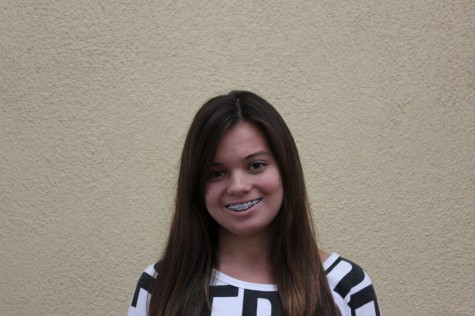The class of 2017 were guinea pigs for the new PSAT on Oct. 14.
Students know the drill: first they silently file into designated classrooms and turn off all electronics, then they carefully fill in bubbles of personal identification while listening to the exam proctor read the instructions, before finally opening their test booklets and answer documents.
After completing the test, junior Katrina Talavera said that she felt it wasn’t as hard as she had expected it to be.
The goal of the PSAT has always been to practice for the SAT and aim for National Merit Scholarships. Juniors preparing to take the new SAT in March appreciated the practice, as the PSAT this year was designed to prepare them for the new SAT.
According to the College Board, the goal of the new SAT is “to make sure it’s highly relevant to [students’] future success. The new test will be more focused on the skills and knowledge at the heart of education.”
“I think they designed the test to be more comprehensive and relevant to high school students. The questions were a lot more straightforward and the way questions were worded was easier to understand,” said Talavera.
One of the adaptations is replacing the much dreaded vocabulary section with a new section testing on words in context. The College Board made the switch after careful consideration and concluded that using a word in the correct context proves better understanding than memorizing its definition.
“This new format reminded me a lot of the STAR test. I liked how there wasn’t a vocabulary portion, and also liked the set-up of the reading where you had to find the corrections within a passage,” said junior Jen Dirstine.
Most notably, the guessing penalty has been removed from the new SAT and PSAT, giving students a chance to earn points for each question they answer correctly.
“I liked that they removed the guessing penalty because it also removed the pressure of deciding whether to try to answer a question or not,” said Talavera.
Other adaptations include an evidence based reading and writing section with real world topics in the science and history. The College Board’s website has more details of the makeup of the new SAT.
Although there is not unanimous agreement on the College Board’s decision to change the test, junior Naser Abdelrahman is in favor of the new style.
“I like the new format better than the previous one because it seems more practical. There is more time allotted overall. You are tested on vocabulary that is more likely to appear in your life. The math sections and language sections are scored equally, each forming 50 percent of your final score,” said Abdelrahman.
Junior Peyton Young also agrees with the switch.
“I think the new SAT/PSAT is fair to all students because it has more of a balance between sections. Also, I’d recommend training for it, and to eat well and sleep a lot the day before taking it,” said Young.
Nevertheless, many juniors and seniors are scrambling to take the old SAT before March. For those students, taking the new PSAT as practice for the old verison of the SAT was not as helpful to them.
Overall, the new PSAT received a positive response from Carlmont students.


